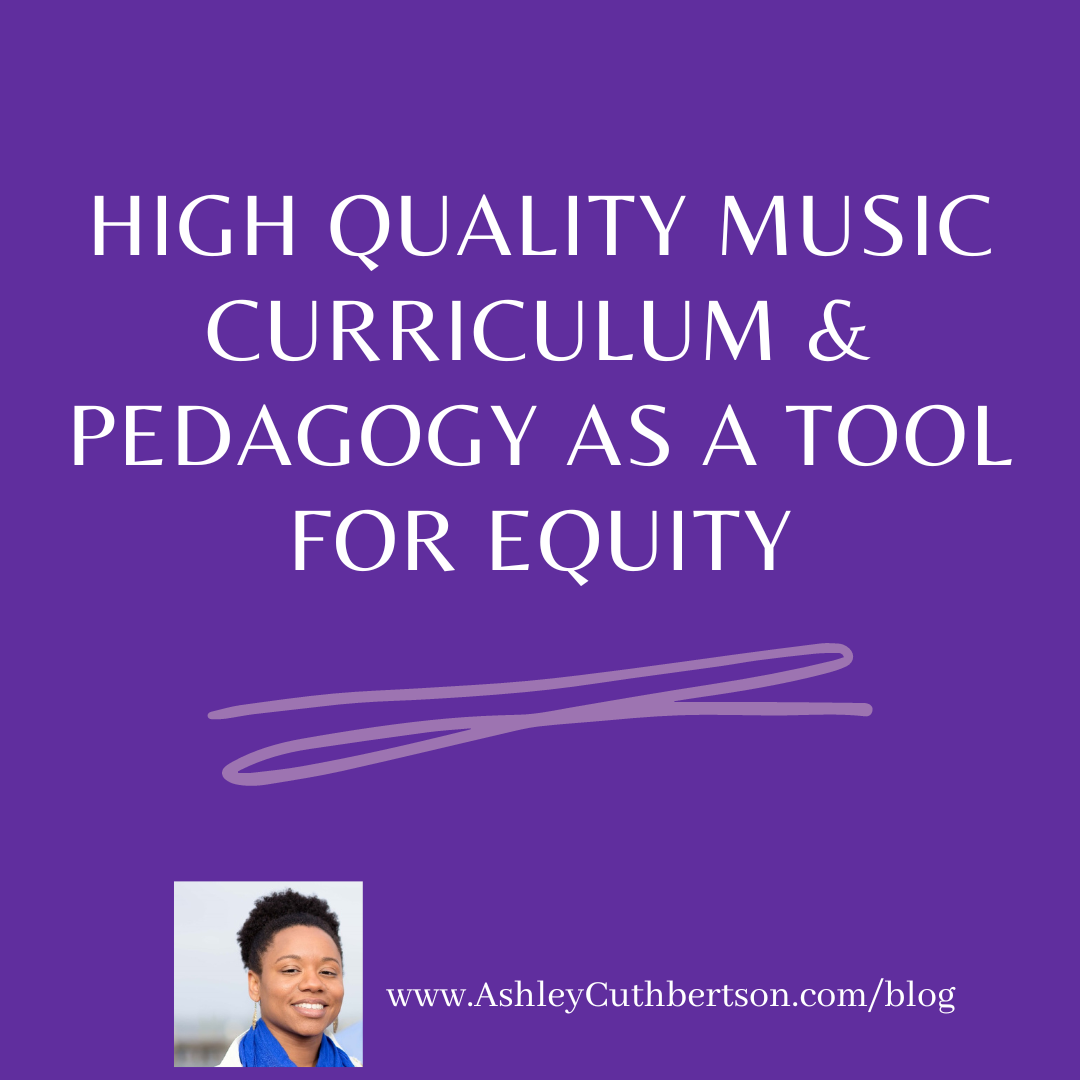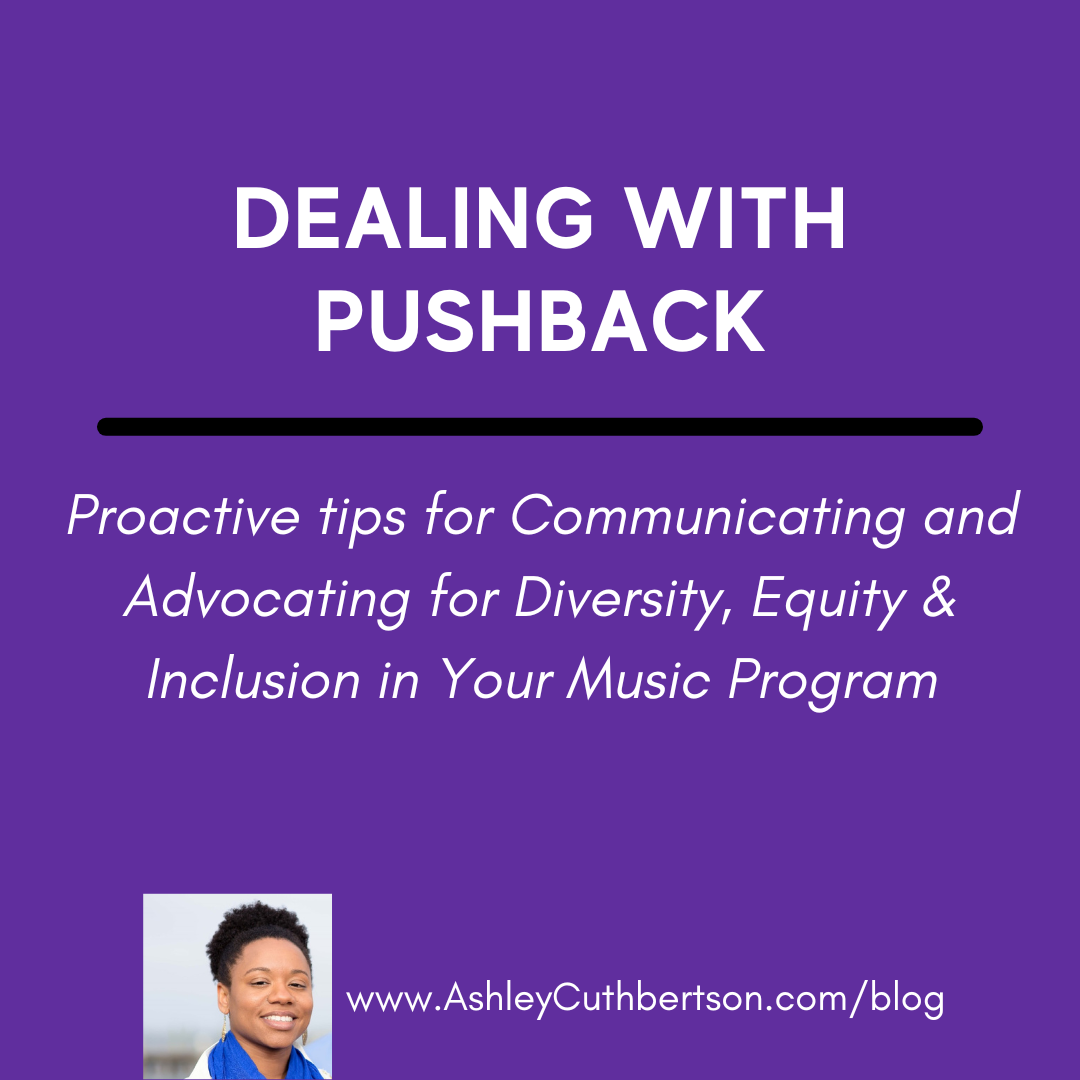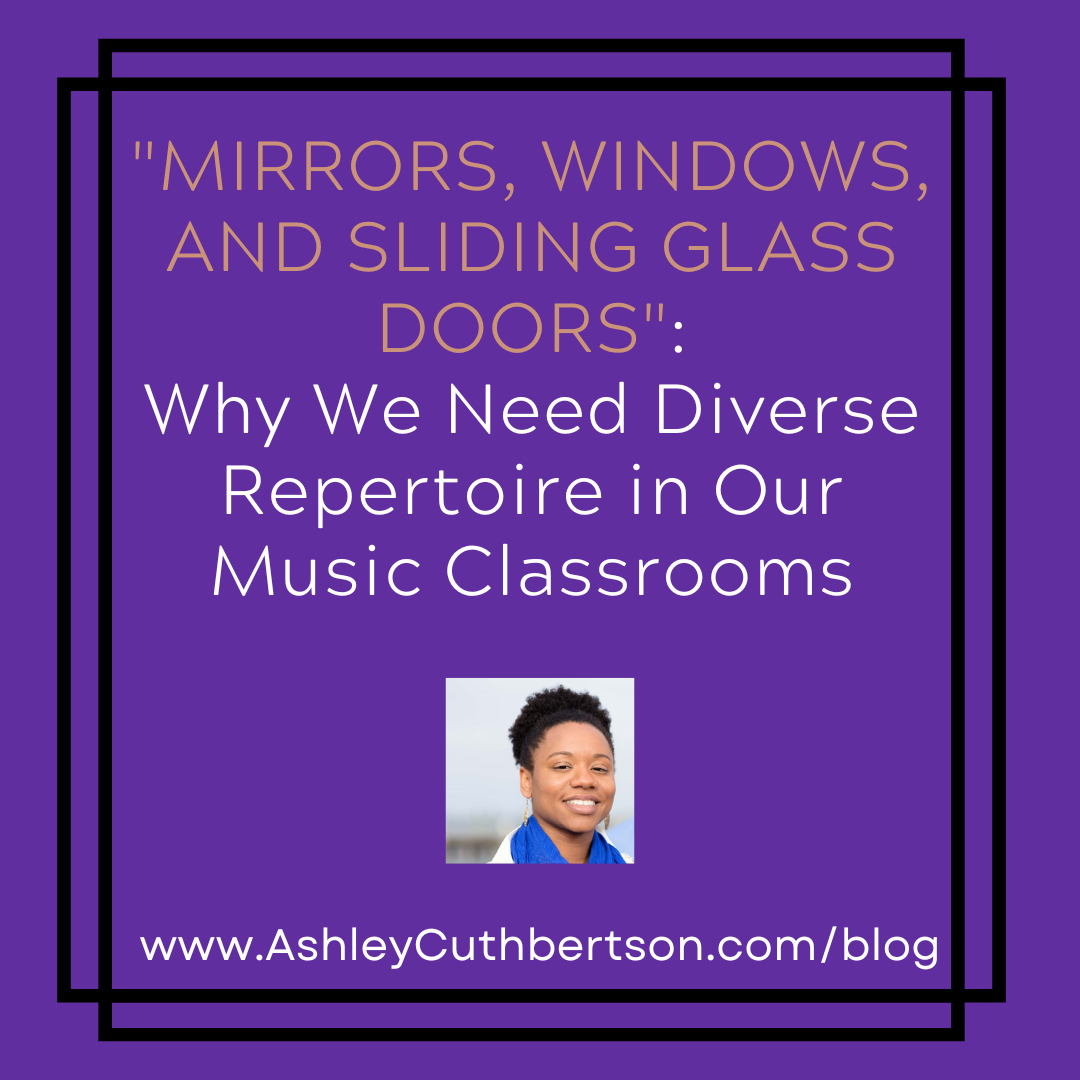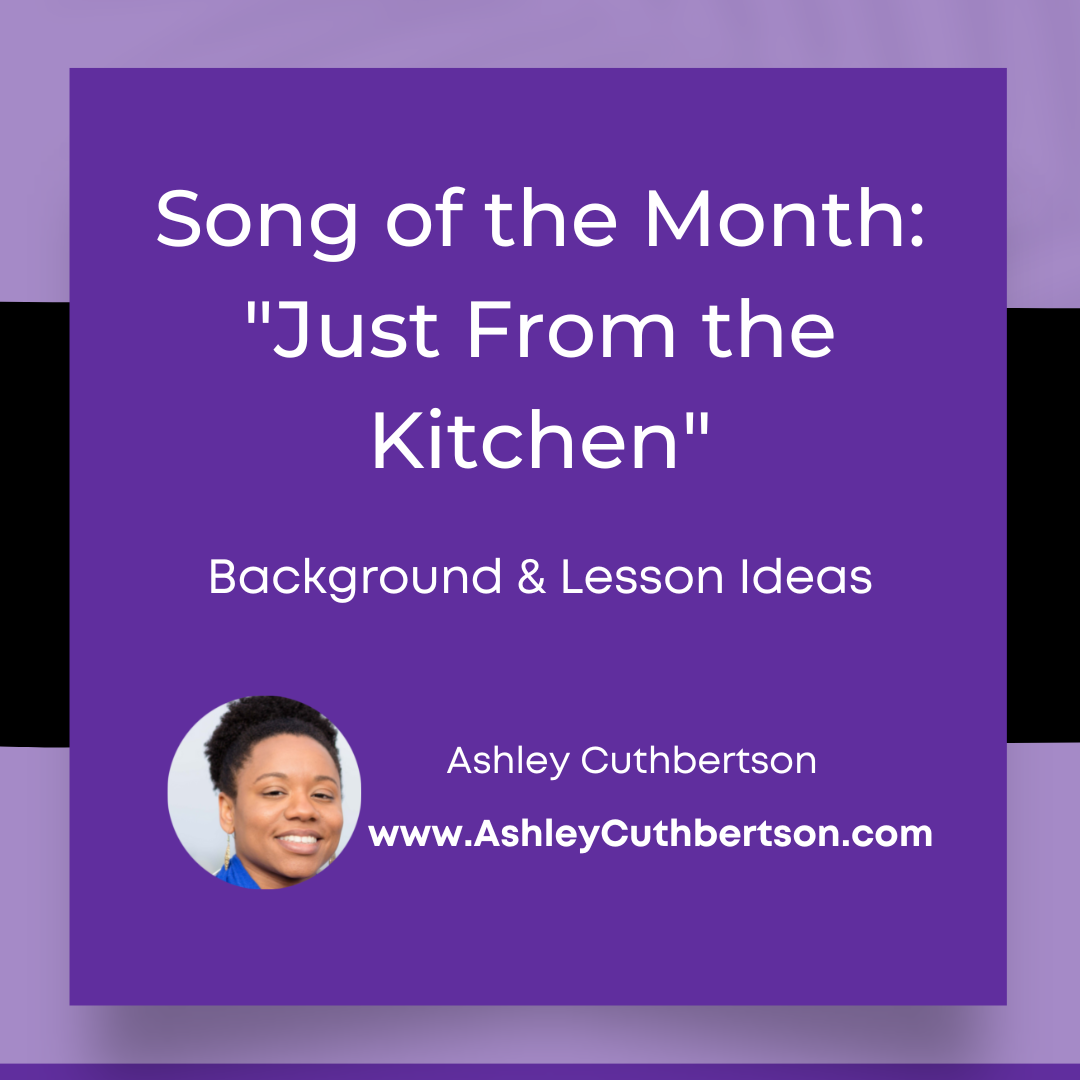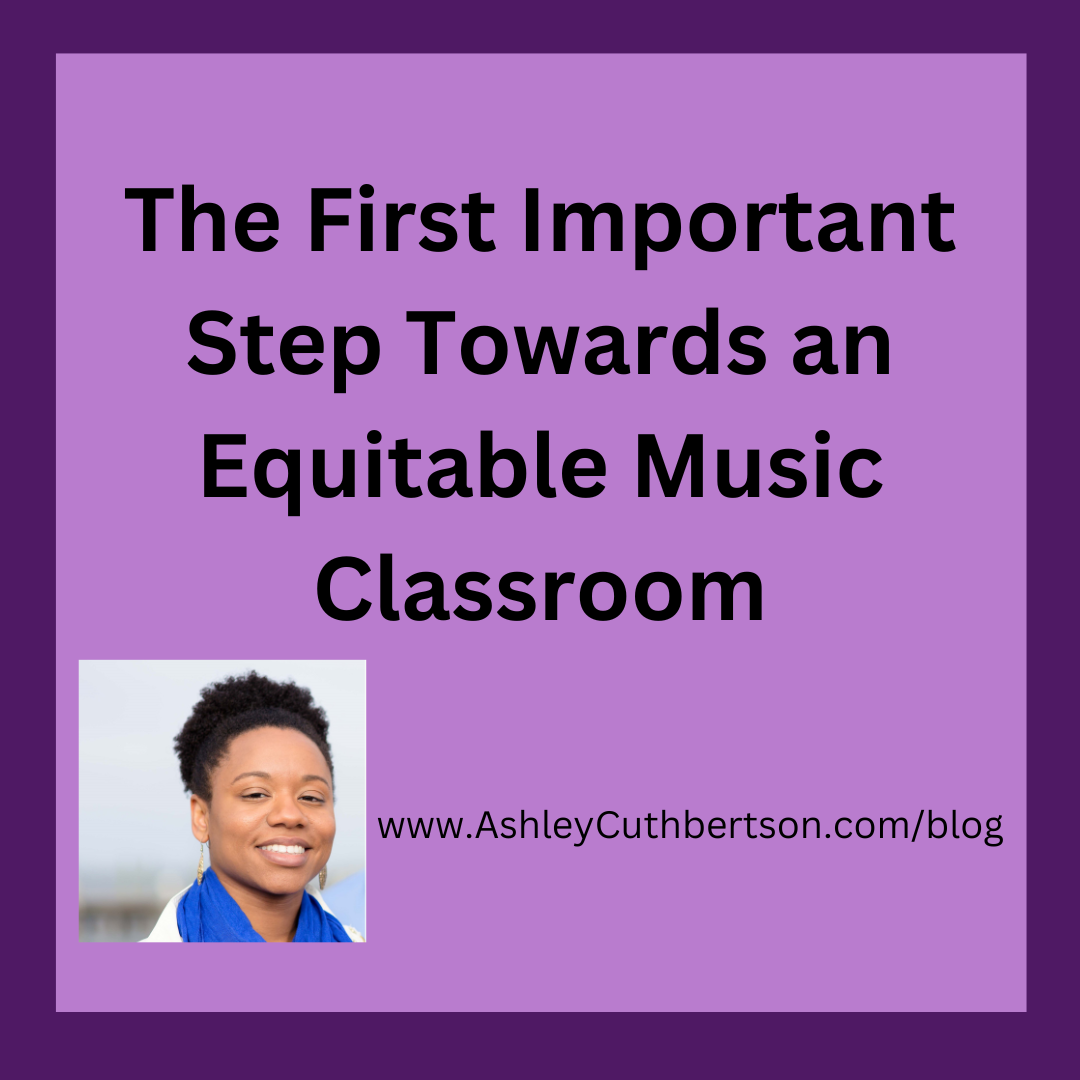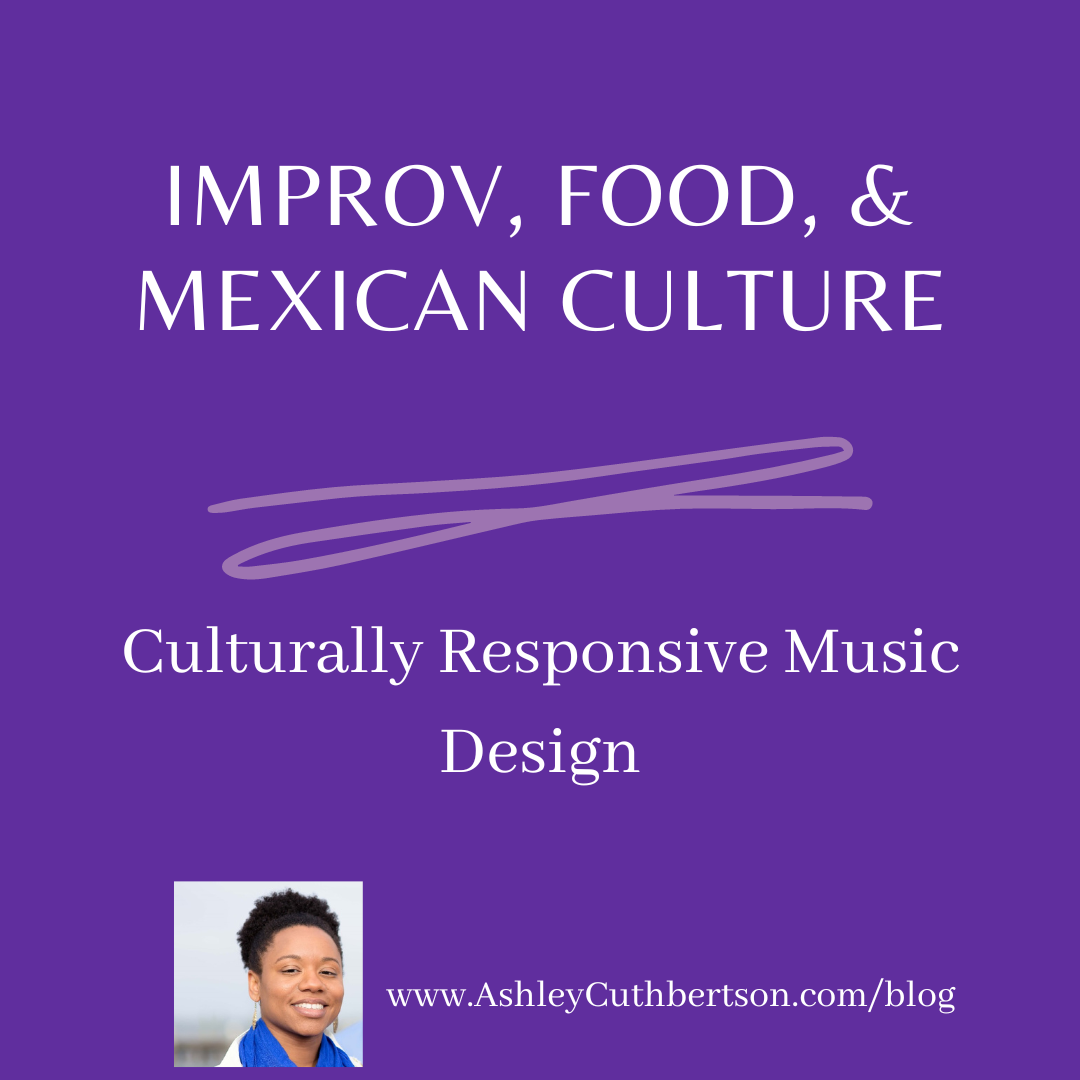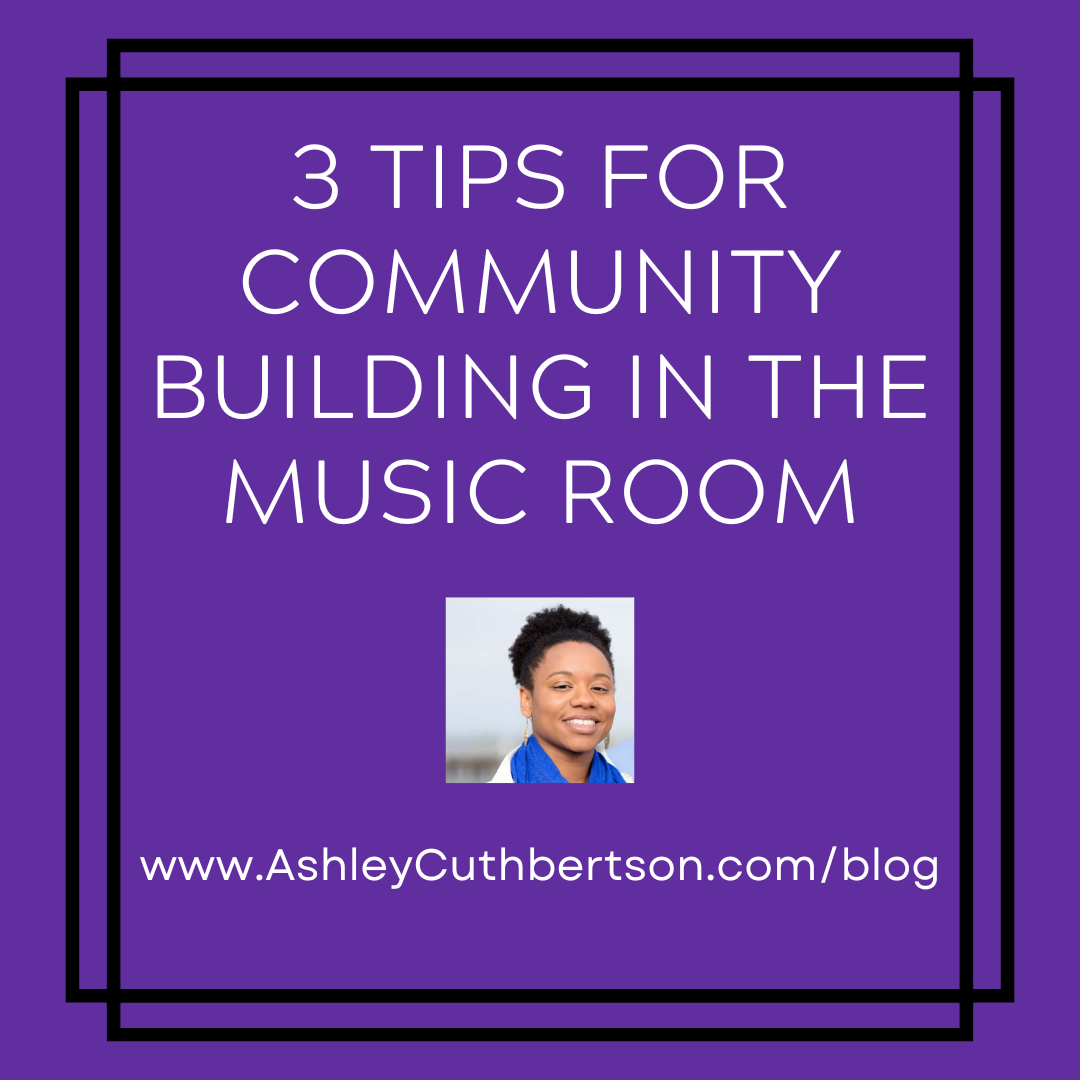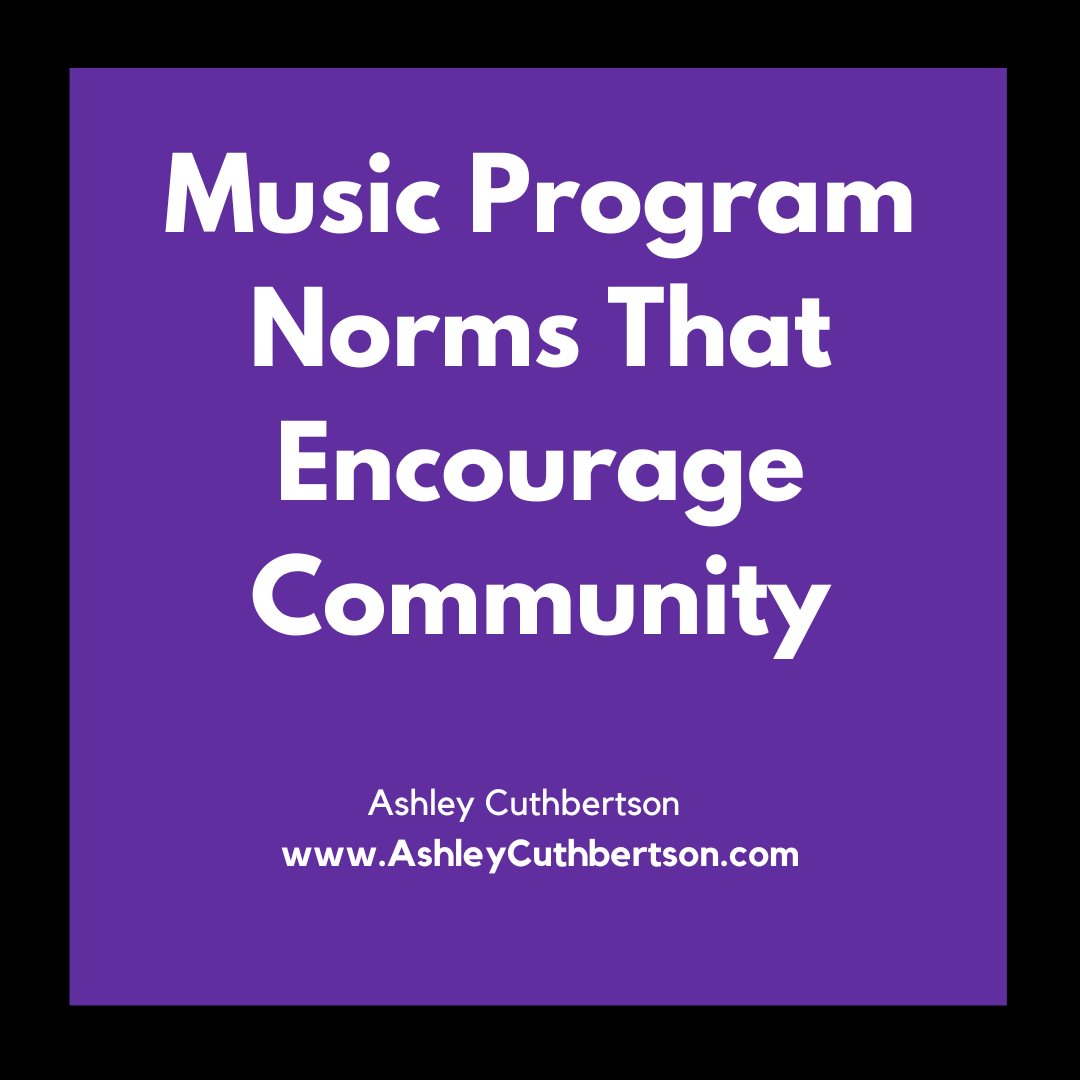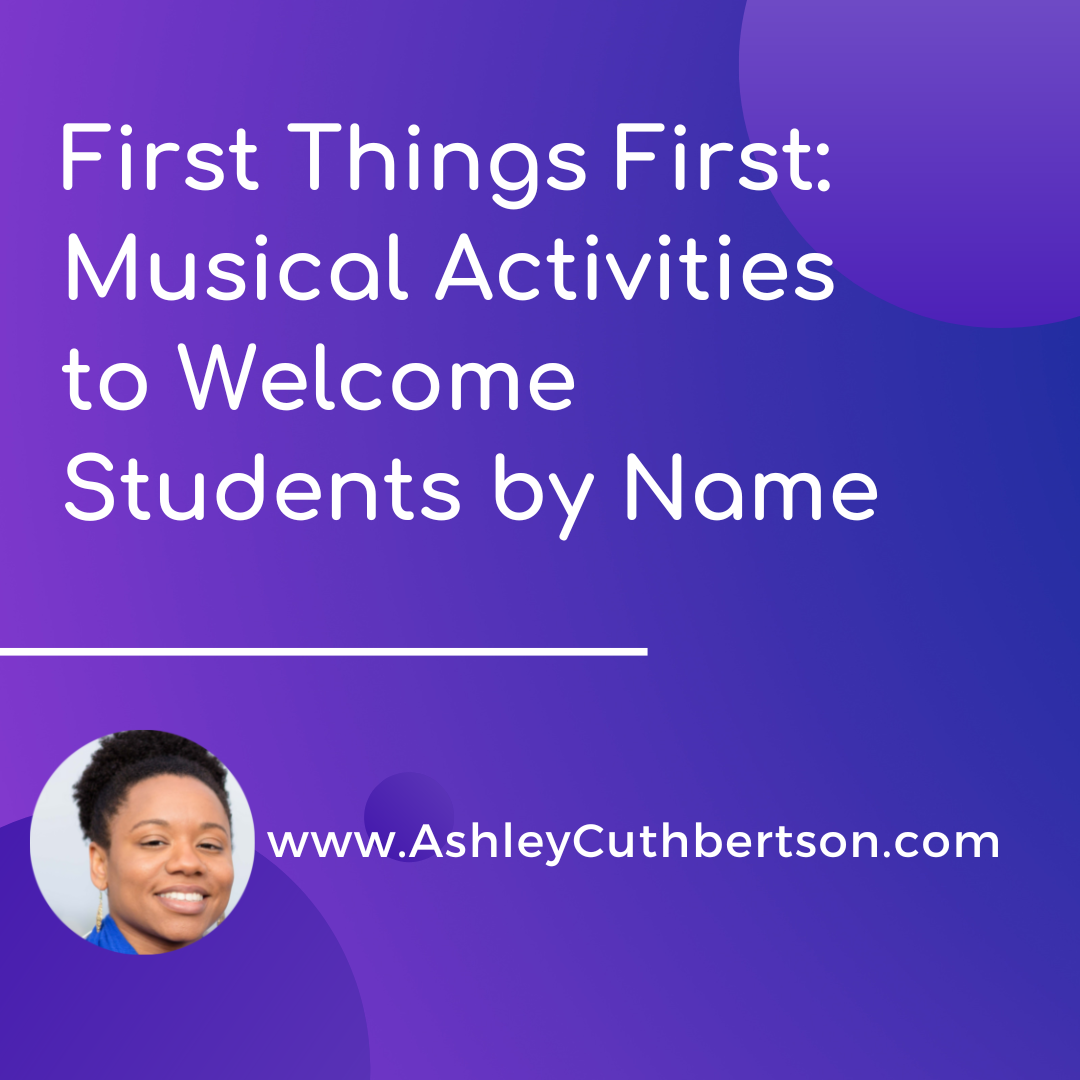High Quality Music Curriculum as a Tool for Equity
Listen to this blog post by clicking the player below! Music educators committed to working for equity have a similar vision: Music for Everyone. On the surface, “music for everyone” sounds like a beautiful ideal for our music education spaces, however the question then becomes “how do we actually ensure that music CAN be for … Read more
